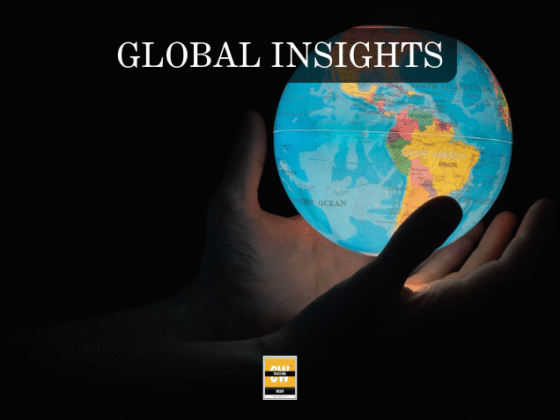Visa has opened its vast payment network to artificial intelligence agents capable of shopping and purchasing on behalf of consumers, extending AI into the $4.6 trillion global payments industry. The company announced new developer tools that allow AI agents to connect directly to Visa’s infrastructure, enabling what it calls “agentic commerce” — a system where bots can handle everything from product discovery to checkout based on user preferences and spending limits. This approach allows consumers to set parameters and let AI agents autonomously find, evaluate and purchase products across multiple merchants, reducing the need for manual browsing or checkout steps.
At the heart of the initiative are two products designed to make AI-enabled commerce easier to build and deploy. The Model Context Protocol (MCP) Server offers secure, standardised access to Visa’s payment APIs so that AI agents can communicate with the network without the need for custom integrations, while the Visa Acceptance Agent Toolkit allows both technical and non-technical users to create AI-powered payment workflows through plain language commands. Visa said these tools cut development time from weeks to hours, enabling faster innovation on top of its infrastructure. With more than 300 billion transactions processed annually in over 200 countries, Visa is leveraging its existing scale to position itself in the emerging space of autonomous commerce.
Rubail Birwadker, Visa’s Global Head of Growth, said the company expects consumers to soon rely on AI agents to browse, select, purchase and manage transactions. He stressed that these agents must be trusted by users, banks and merchants alike. The launch places Visa in direct competition with Mastercard, which rolled out its own AI agent payment platform called Agent Pay earlier this year. Both networks are working with major AI firms such as OpenAI, Microsoft, Anthropic and Stripe to shape the ecosystem, and other players including PayPal and Amazon are testing automated purchasing features. Industry analysts point to accelerating consumer interest: a March 2025 Salesforce study found 66% of shoppers want AI agents to secure high-demand items and 65% want automatic purchases at target prices.
The rise of AI-powered commerce introduces new security challenges, and Visa is taking steps to adapt its fraud prevention methods. Its system uses immediate tokenisation of card credentials, device-specific authentication and “payment signals” to verify that an AI agent’s actions align with original consumer intent. Birwadker emphasised that personally identifiable information and primary account numbers are never exposed, with tokens tied to specific devices and applications. A matching process blocks transactions until Visa confirms the AI agent’s intended purchase matches what the consumer originally requested, designed to counter AI “hallucinations” that might lead to incorrect or unauthorised orders. Birwadker acknowledged that not all risks can be foreseen but said Visa is introducing the technology carefully while learning how it performs in real use.
Early testing has begun with more than 30 partners conducting trials in a sandbox environment. Businesses can use the Visa Acceptance Agent Toolkit to automate routine tasks, from generating invoices to compiling revenue summaries from payment data, using natural language commands to turn raw information into formatted documents ready for transmission. This could reduce administrative overhead and increase efficiency for small and medium-sized enterprises, potentially accelerating adoption among Visa’s merchant partners. Despite the complexity of AI commerce, Visa’s business model remains consistent: it profits when more transactions flow through its network using Visa-branded cards. Birwadker said the goal is to empower developers and consumers to innovate on top of Visa’s APIs so that Visa cards remain the default payment option as commerce shifts toward AI-driven automation.
Follow the SPIN IDG WhatsApp Channel for updates across the Smart Pakistan Insights Network covering all of Pakistan’s technology ecosystem.





